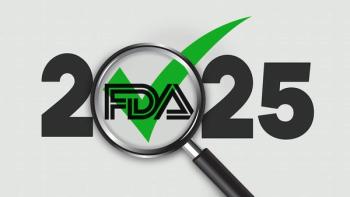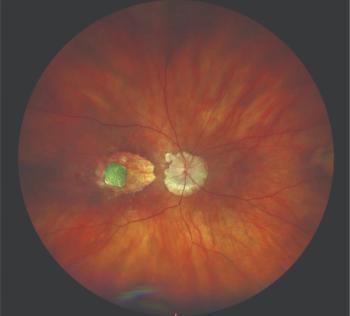
Bausch + Lomb dry eye survey shows that many sufferers don’t understand the severity of the disease
Most respondents were unsure of how to seek treatment and see dry eye as something that must be learned to live with.
Bausch + Lomb has shared the results of its inaugural State of Dry Eye survey1 which showed that many Americans experience dry eye symptoms, but most don’t understand the severity or treatment options available.
According to the company, majority of respondents to the survey did not know that their symptoms (redness, fluctuating vision, a scratchy, gritty, tired or heavy feeling, or overall eye irritation etc.) were even associated with eye dryness.
“The prevalence of dry eye is growing, particularly among a younger demographic in large part due to modern lifestyles and heavy digital device use,” said Yehia Hashad, MD, executive vice president of research & development and chief medical officer at Bausch + Lomb. “The survey results underscore the importance of raising awareness of dry eye so sufferers are empowered to speak with an eye care professional and seek relief.”
The survey was conducted online from April 15-23, 2024 in the United States among 2,003 adults. Participants included 461 sufferers and 1,542 non-sufferers. Sufferers were defined by Bausch + Lomb as “those who often/always experience eye dryness and/or have been diagnosed by a healthcare professional with dry eye disease.”
Findings from the survey showed that 3 in 4 (75%) dry eye sufferers find symptoms to be extremely or very bothersome, while 31% say their symptoms have worsened over time. Furthermore, 81% of sufferers said they are constantly aware of how their eyes feel, while 46% said their symptoms can be so bad they can “practically hear themselves blink.”1
Survey results also showed that a significant amount (67%) of sufferers had to cut back on activities they enjoyed in order to relieve symptoms. Close to a third (32%) said they have cut back on screen time. The biggest activities that respondents said dry eye symptoms impacted were reading (45%), device use (35%) and driving (31%).1
Of the survey respondents, 70% said they didn’t know much about preventing or treating dry eye. Many respondents responded saying they suffered from symptoms of dry eye, including tired eyes (38%), sensitivity to light (27%), and redness (19%), but only 15% reported experiencing eye dryness. According to Bausch + Lomb, this could suggest that sufferers may not recognize their symptoms could be associated with dry eye.1
Just over half of those who were labeled as sufferers (52%) responded that dry eyes are difficult to address and are something people must learn to live with.1
“Most people think of dry eye as a minor nuisance, but the truth is it can drastically affect one's daily life," said Rebecca Petris, co-founder and president, Dry Eye Foundation. "Early symptoms are often misunderstood, downplayed, ignored or self-treated. People need to know their symptoms warrant a visit to the eye doctor, so they can get an accurate diagnosis and treatment. For people with dry eye, the good news is treatment and symptom management options are available. People are finding relief."
To educate and help patients be aware of their symptoms and find relief, Bausch + Lomb developed KnowYourDryEye.com. The website has educational data and information in order to help those who may be suffering from symptoms to better understand treatment options.
References:
Millions of Americans Experience Dry Eye Symptoms, Yet New National Survey Shows Sufferers Struggle to Find Relief. Press Release; July 8, 2024. Accessed July 8, 2024.
https://www.bausch.com/news/?id=219
Newsletter
Don’t miss out—get Ophthalmology Times updates on the latest clinical advancements and expert interviews, straight to your inbox.





